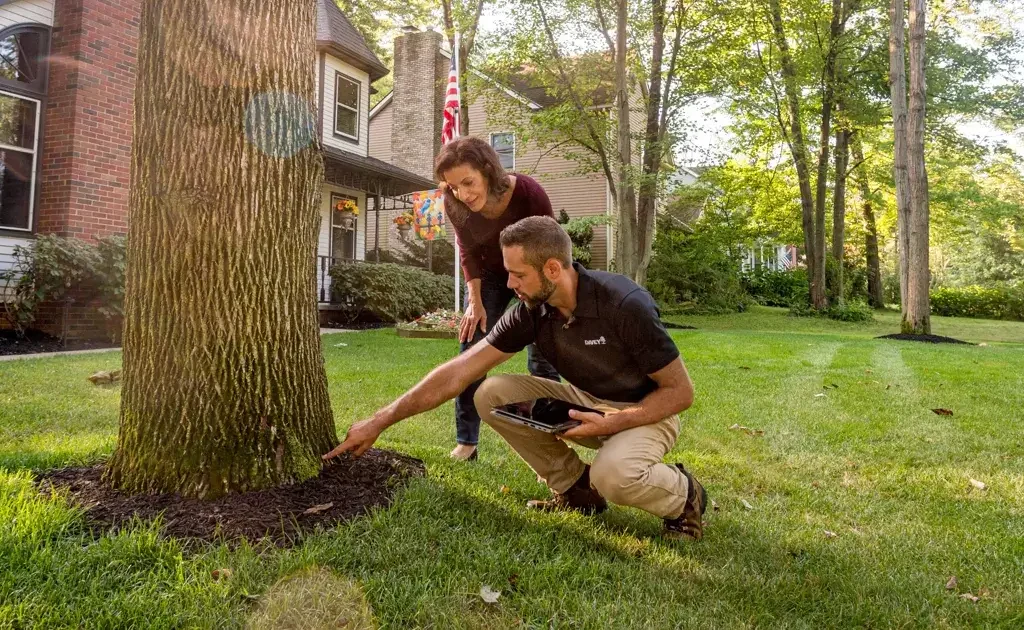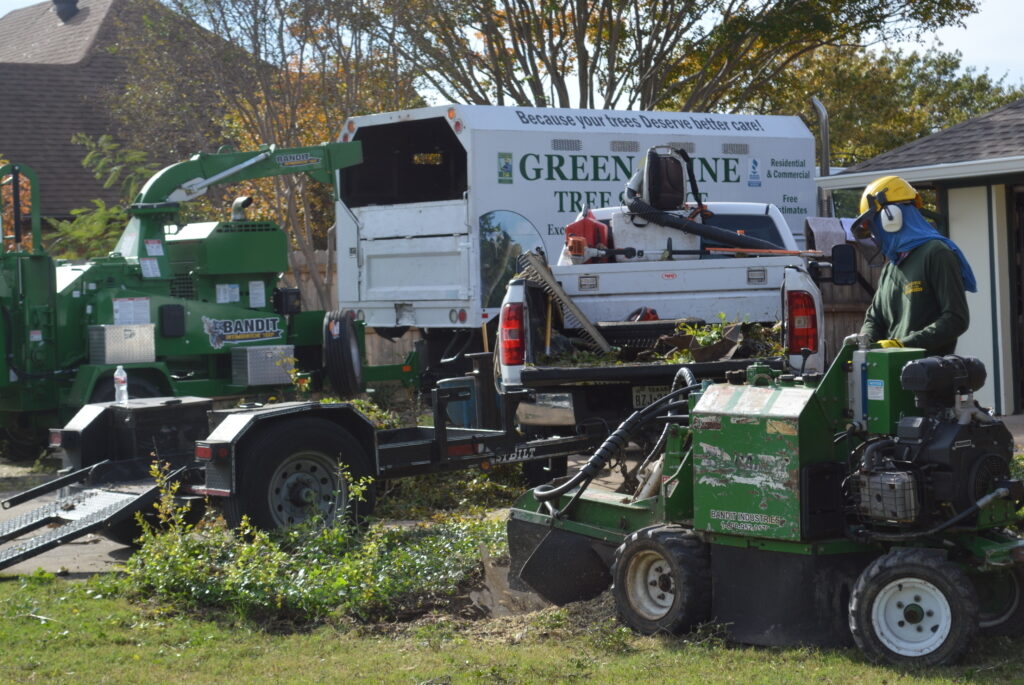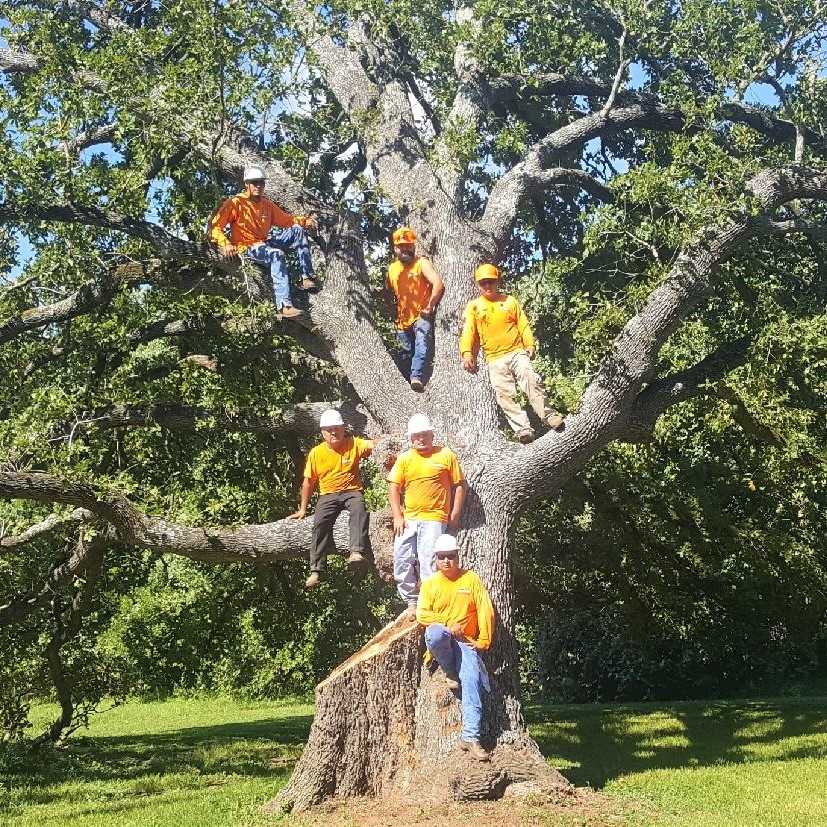Comprehensive Guide to Tree Health Inspection
I. Introduction
Trees are vital components of our environment, contributing to ecological balance, providing shade, and enhancing the beauty of landscapes. Ensuring their health is crucial for maintaining these benefits. Tree health inspection is an essential practice that helps identify potential issues before they become severe, ensuring the longevity and safety of trees. In this article, we will explore the various aspects of tree health inspection, including common issues, diagnostic methods, and preventive measures.
II. Types of Trees
Trees come in various types, each with unique characteristics and care requirements. Understanding the different types of trees is the first step in proper tree health inspection.
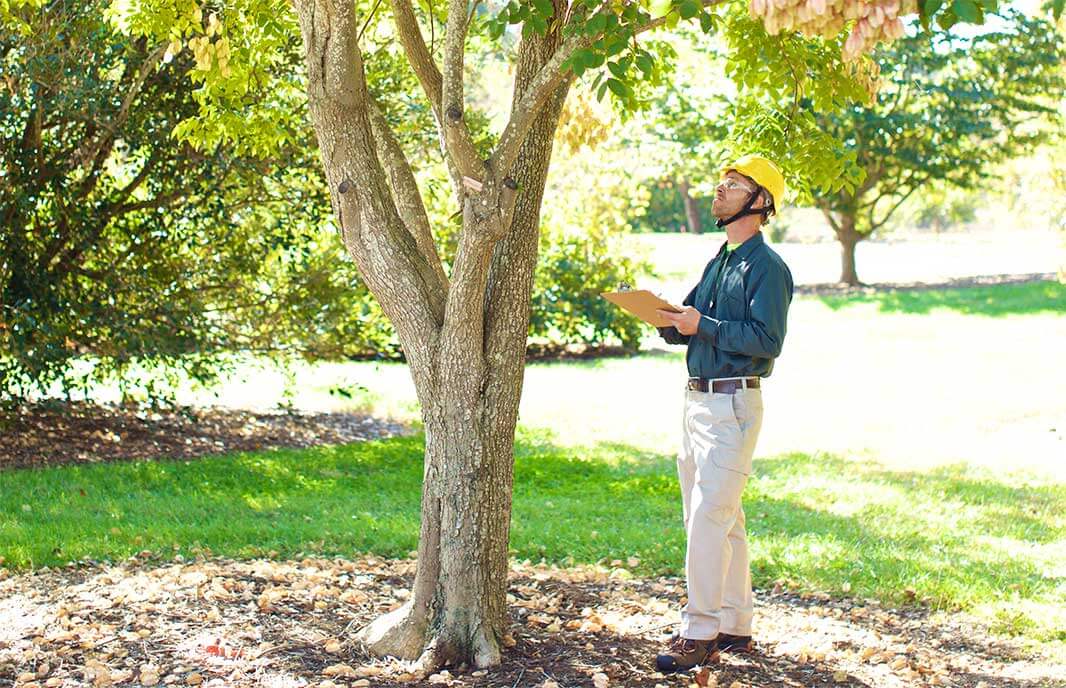
A. Deciduous Trees
Deciduous trees shed their leaves annually and include species like oaks, maples, and birches. These trees are typically inspected during their dormant season when structural issues are easier to spot.
B. Evergreen Trees
Evergreen trees, such as pines and spruces, retain their foliage year-round. Inspections should focus on needle color and density, which can indicate overall health.
C. Fruit-Bearing Trees
Fruit-bearing trees like apple and cherry trees require regular inspection to ensure healthy fruit production.
D. Ornamental Trees
Ornamental trees are primarily grown for their aesthetic value. Species like dogwoods and magnolias may require specialized care to maintain their visual appeal.
III. Importance of Tree Health Inspection
Regular tree health inspections offer numerous benefits, ranging from environmental preservation to economic advantages.
A. Environmental Benefits
Healthy trees contribute to cleaner air, reduced soil erosion, and enhanced biodiversity. Inspections help ensure trees remain vigorous and capable of performing these ecological functions.
B. Economic Value of Healthy Trees
Trees increase property values and can significantly reduce energy costs by providing natural shade. Regular inspections help maintain these benefits.
C. Aesthetic and Social Benefits
Trees add beauty to landscapes and create pleasant environments for communities. Ensuring their health through inspections fosters a sense of well-being and community pride.
D. Impact on Property Value
Well-maintained trees enhance curb appeal and can increase property value. Conversely, neglected trees may pose risks that decrease property attractiveness and safety.
IV. Common Tree Health Issues
Understanding common tree health issues is crucial for effective inspection and management.
A. Pests and Diseases
1. Insects
Insects like aphids, borers, and caterpillars can cause significant damage to trees by feeding on leaves, bark, and wood.
2. Fungi
Fungal infections such as powdery mildew and root rot can weaken trees and make them susceptible to other issues. Inspections should include checking for signs like discoloration and abnormal growths.
3. Bacteria
Bacterial diseases, though less common, can be devastating. Bacterial leaf scorch and fire blight are examples that require immediate attention during inspections.
B. Nutrient Deficiencies
1. Signs of Nutrient Deficiency
Nutrient deficiencies often manifest as yellowing leaves, stunted growth, and poor fruit production. Identifying these signs early through inspection is vital for corrective action.
2. Common Nutrient Deficiencies in Trees
Trees may lack essential nutrients like nitrogen, phosphorus, or potassium. Regular soil testing during inspections helps identify and address these deficiencies.
C. Structural Problems
1. Cracks and Splits
Cracks and splits in trunks or branches can lead to structural failure. Inspections should focus on identifying these issues before they result in tree collapse.
2. Weak Branch Unions
Weak branch unions, where branches are poorly attached to the trunk, are prone to breaking, especially during storms. Regular inspection can prevent potential hazards.
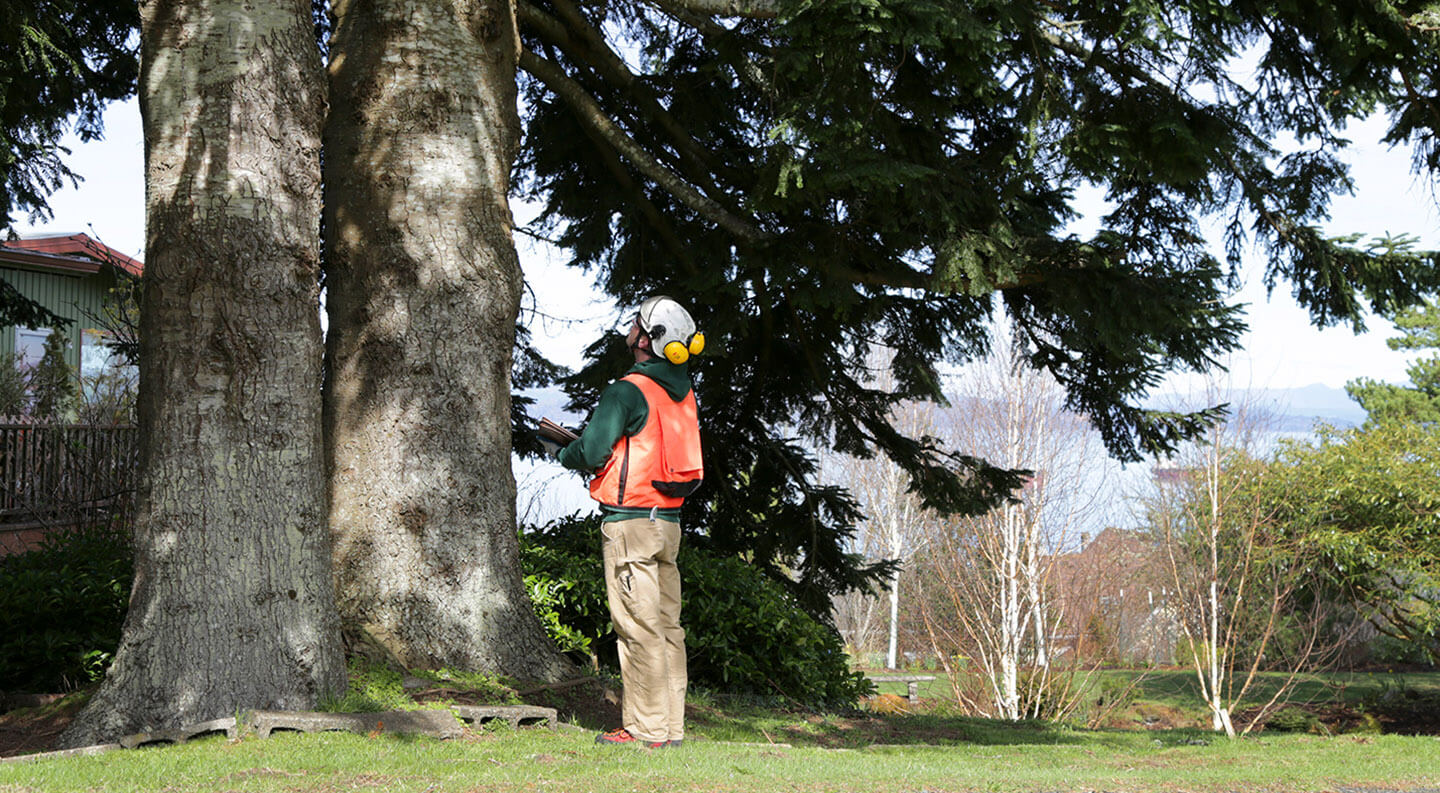
V. Symptoms and Signs of Tree Health Problems
Identifying symptoms and signs of tree health problems is critical for early intervention.
A. Leaf Discoloration
Leaf discoloration, such as yellowing or browning, can indicate various issues, including nutrient deficiencies, diseases, or environmental stress.
B. Wilting and Dieback
Wilting leaves and dieback of branches are signs of water stress, root damage, or disease. Regular monitoring of these symptoms can prevent severe damage.
C. Bark Abnormalities
Abnormalities like cracks, peeling, or oozing sap from the bark may signal underlying health problems, including pest infestations or disease.
D. Root Issues
Exposed roots, root rot, or girdling roots can severely impact a tree’s stability and health. Inspections should include a thorough examination of the root zone.
E. Fruiting Bodies on Bark
The presence of fungal fruiting bodies on bark is a strong indicator of decay within the tree. Immediate action is required to assess and manage the damage.
VI. Causes and Risk Factors
Understanding the causes and risk factors of tree health problems is essential for effective management.
A. Environmental Stress
1. Drought
Prolonged drought conditions can severely stress trees, leading to wilting, leaf drop, and increased susceptibility to pests and diseases.
2. Pollution
Air and soil pollution can negatively impact tree health by introducing harmful chemicals and altering soil composition.
B. Poor Soil Conditions
1. Compacted Soil
Compacted soil restricts root growth and limits water and nutrient uptake, leading to poor tree health.
2. pH Imbalance
Soil pH imbalance can affect nutrient availability, leading to deficiencies and poor tree growth. Regular soil testing is crucial for maintaining optimal pH levels.
C. Mechanical Damage
1. Improper Pruning
Improper pruning techniques can cause wounds that serve as entry points for diseases and pests. Proper training and tools are essential for safe pruning practices.
2. Construction Damage
Construction activities near trees can damage roots, compact soil, and alter water drainage, leading to long-term health issues.
VII. Tree Health Inspection Process
A thorough tree health inspection involves several steps to ensure all potential issues are identified.
A. Visual Inspection
1. What to Look For
During a visual inspection, look for symptoms such as discolored leaves, cracks in the bark, and abnormal growth patterns.
2. Tools Needed
Tools like binoculars, magnifying glasses, and ladders can assist in a more detailed inspection, especially for taller trees.
B. Soil Testing
Soil testing is crucial for identifying nutrient deficiencies, pH imbalances, and other soil-related issues. Regular soil tests provide valuable insights into the overall health of the tree.
C. Root Inspection
Inspecting the root zone is essential for detecting issues like root rot, girdling roots, and poor soil conditions
